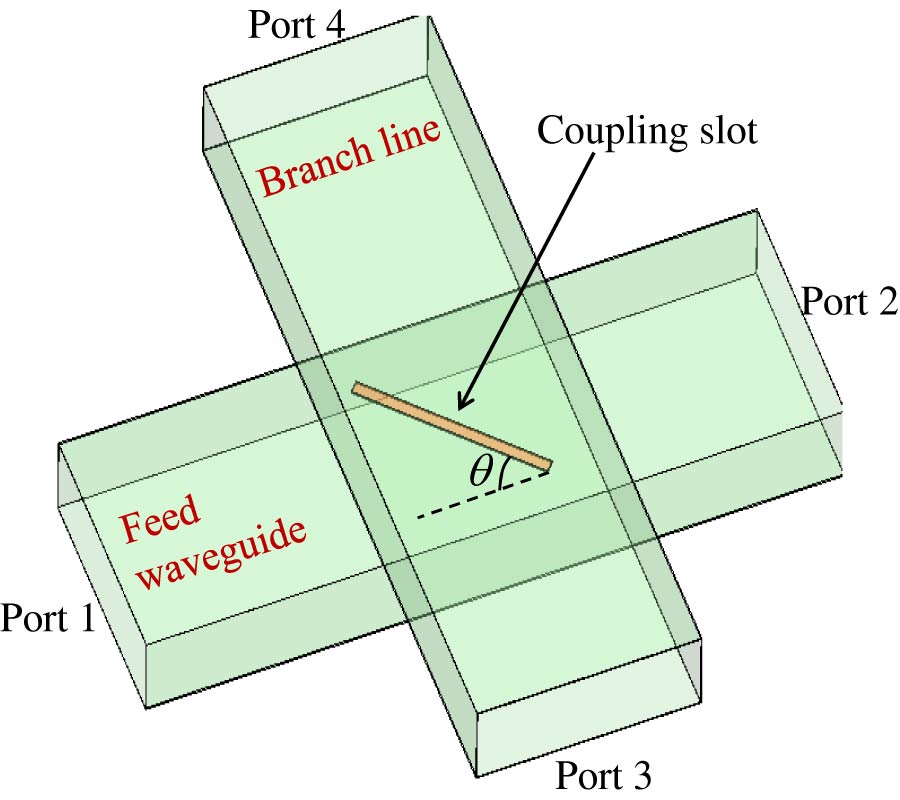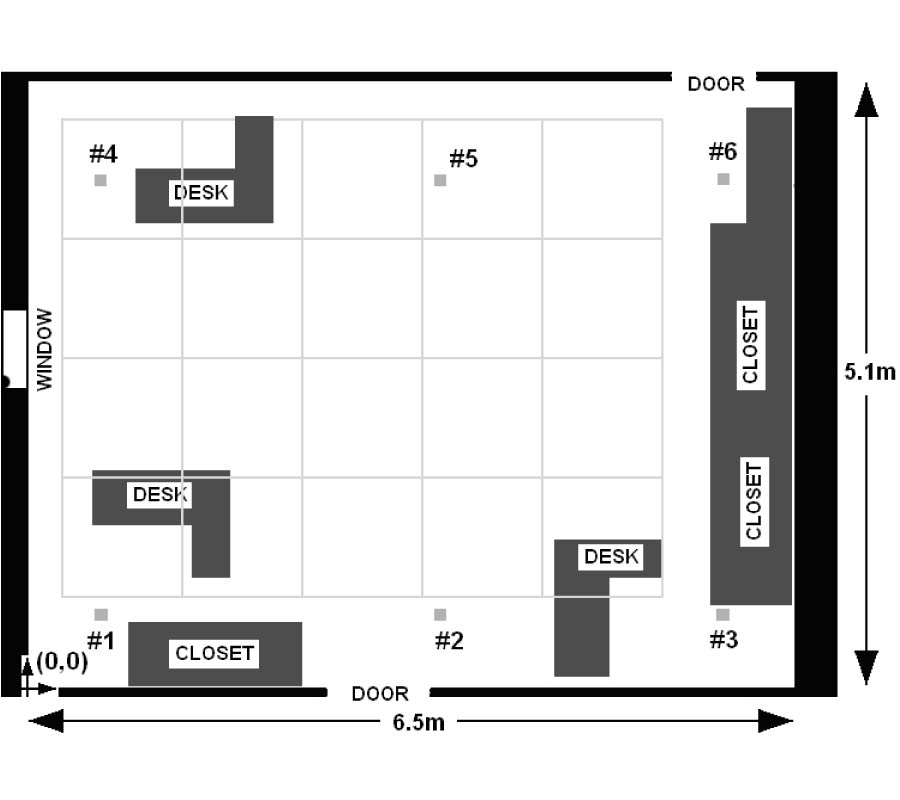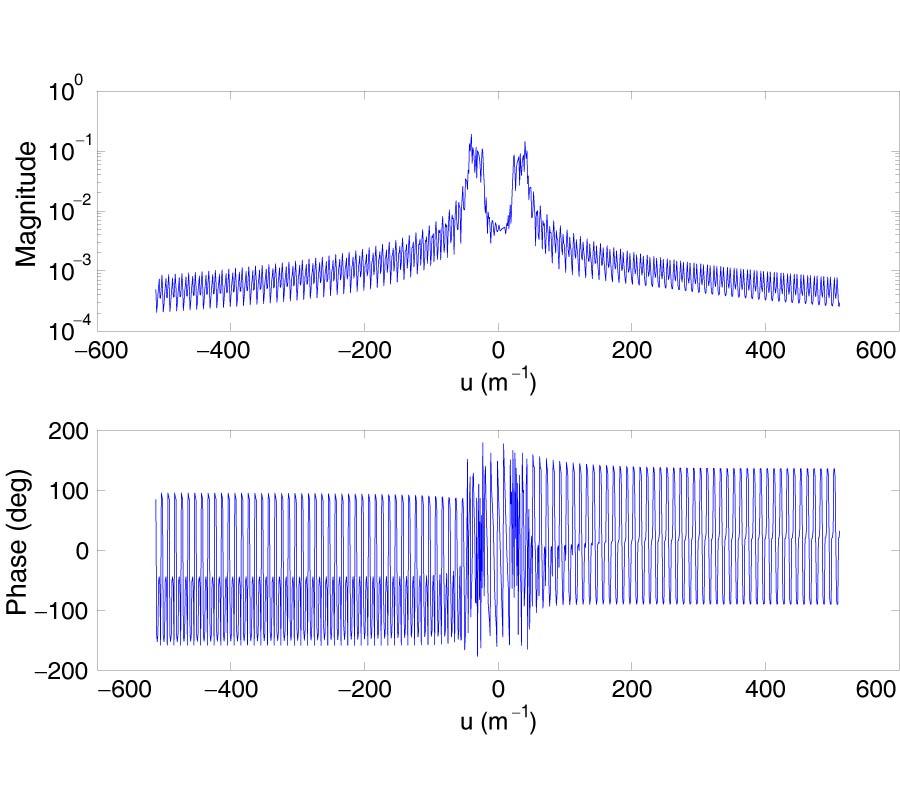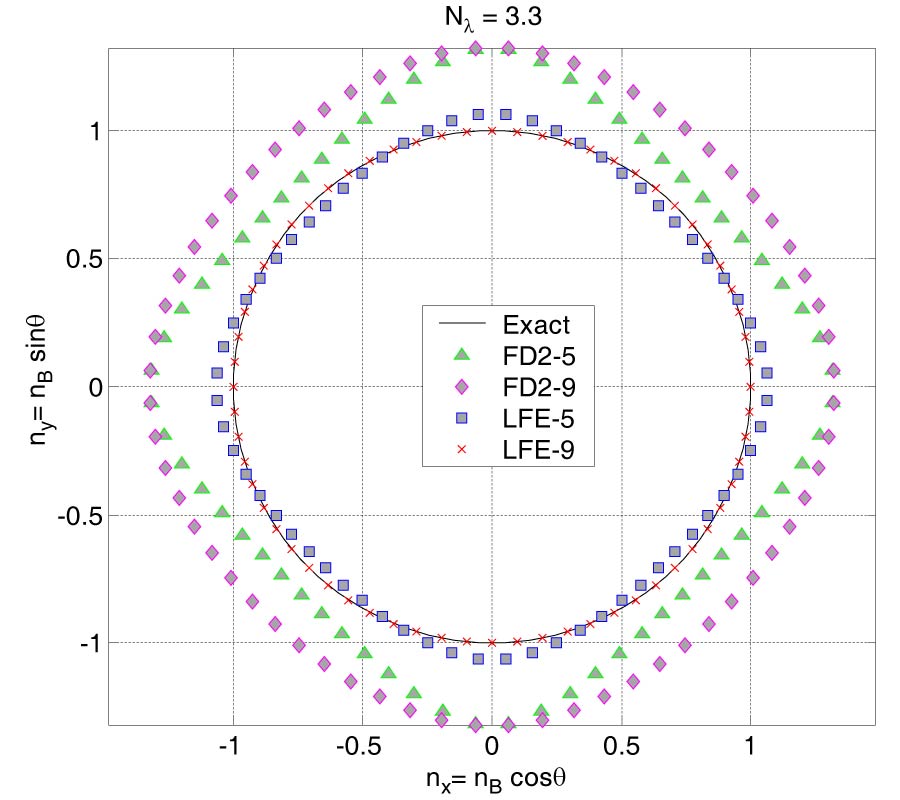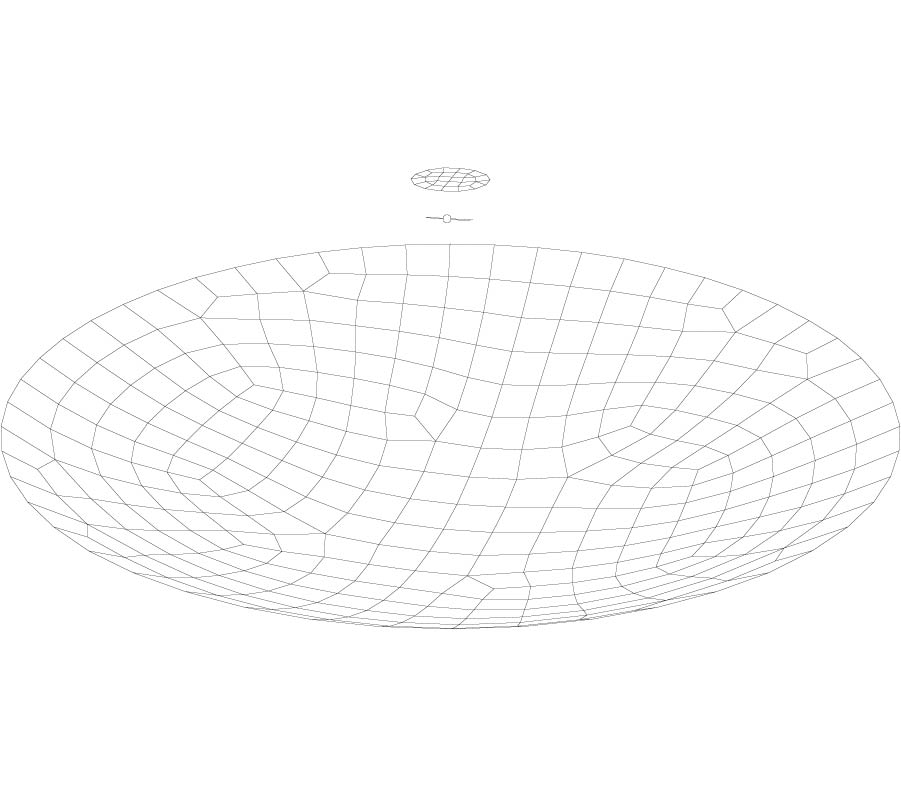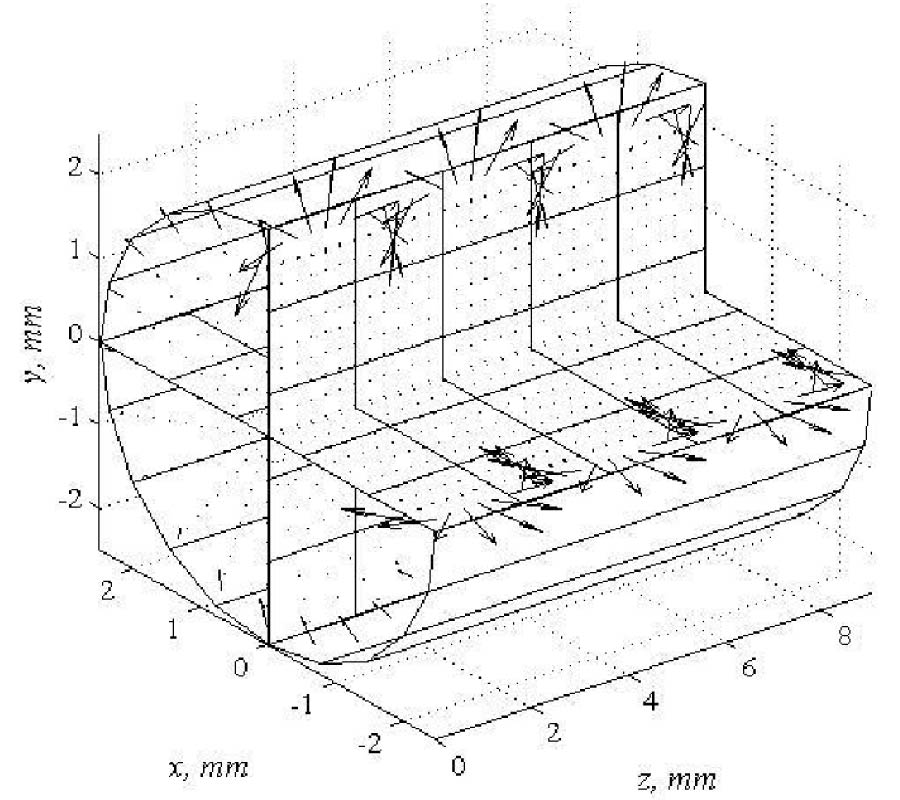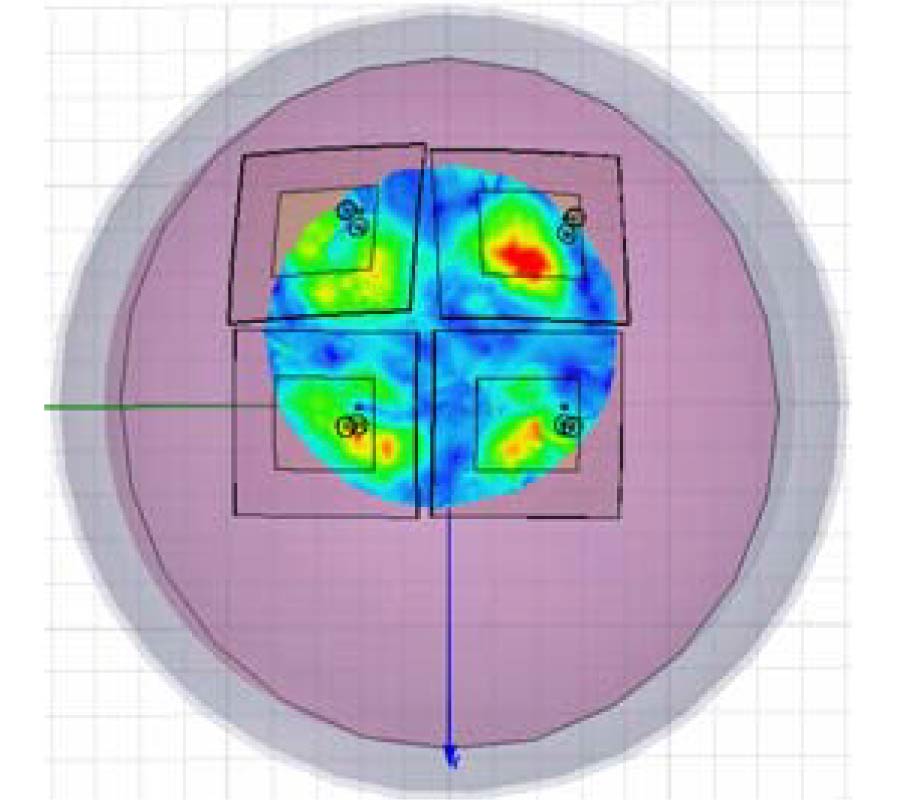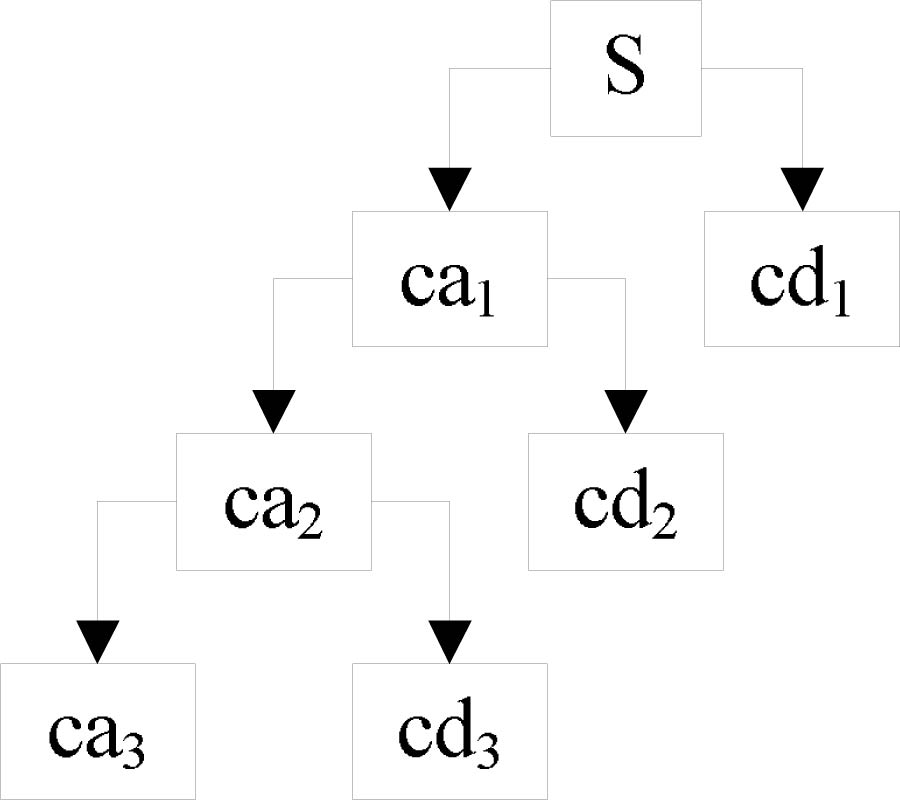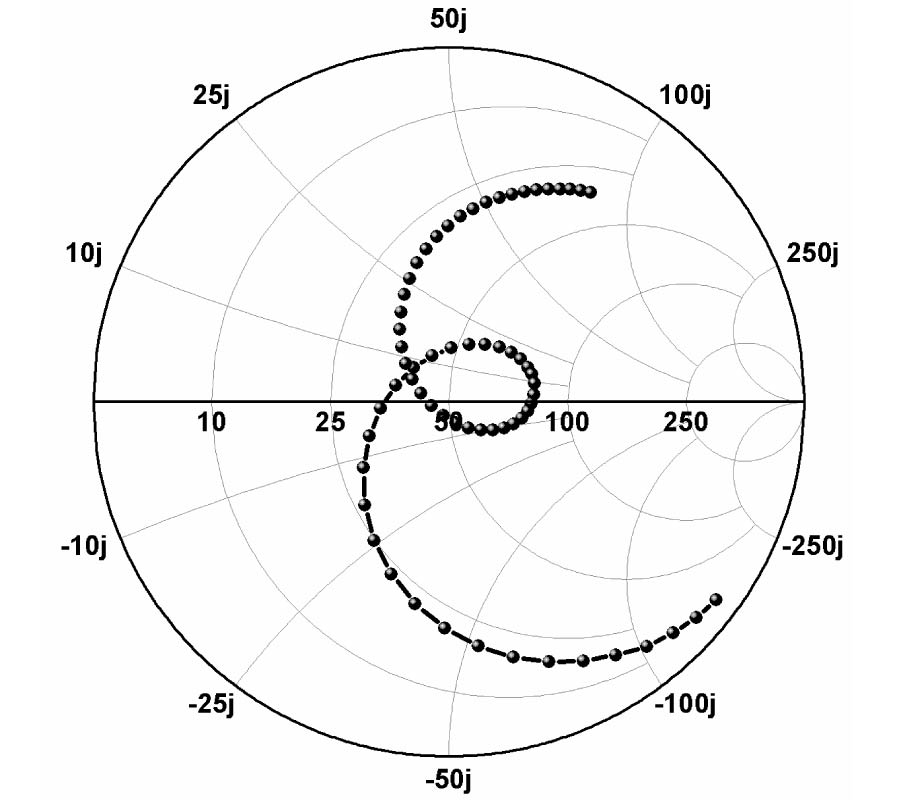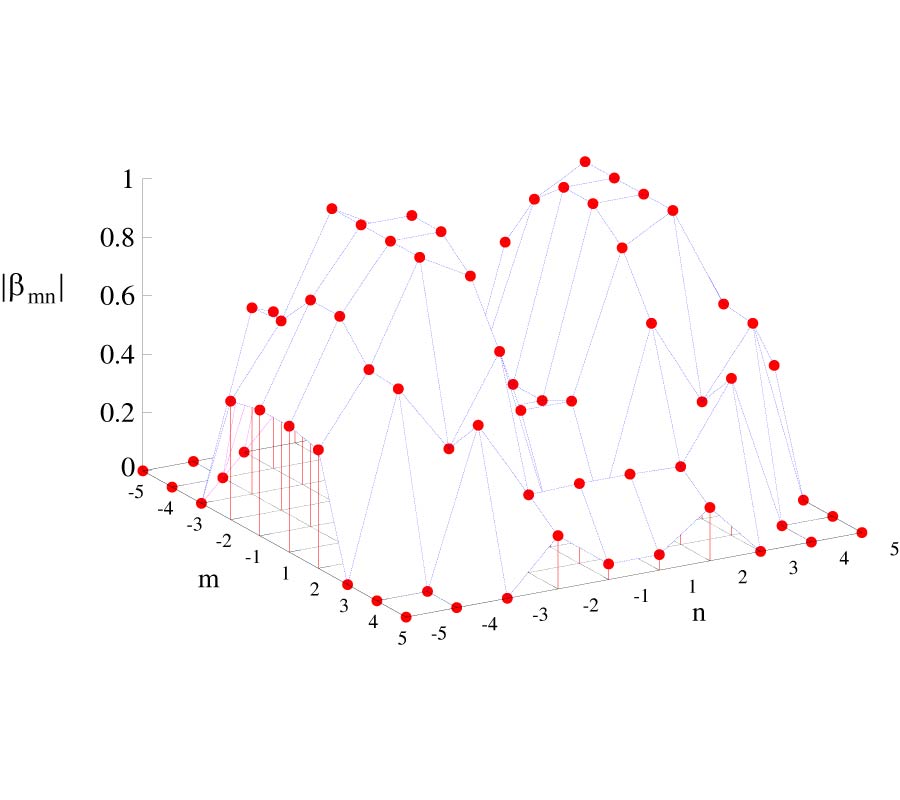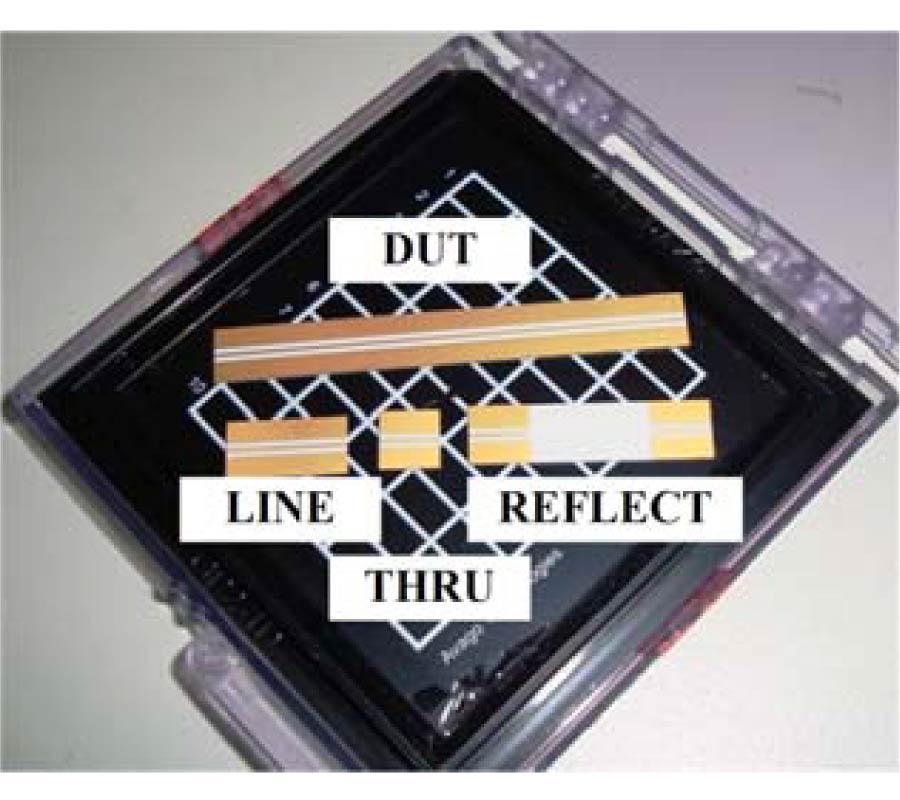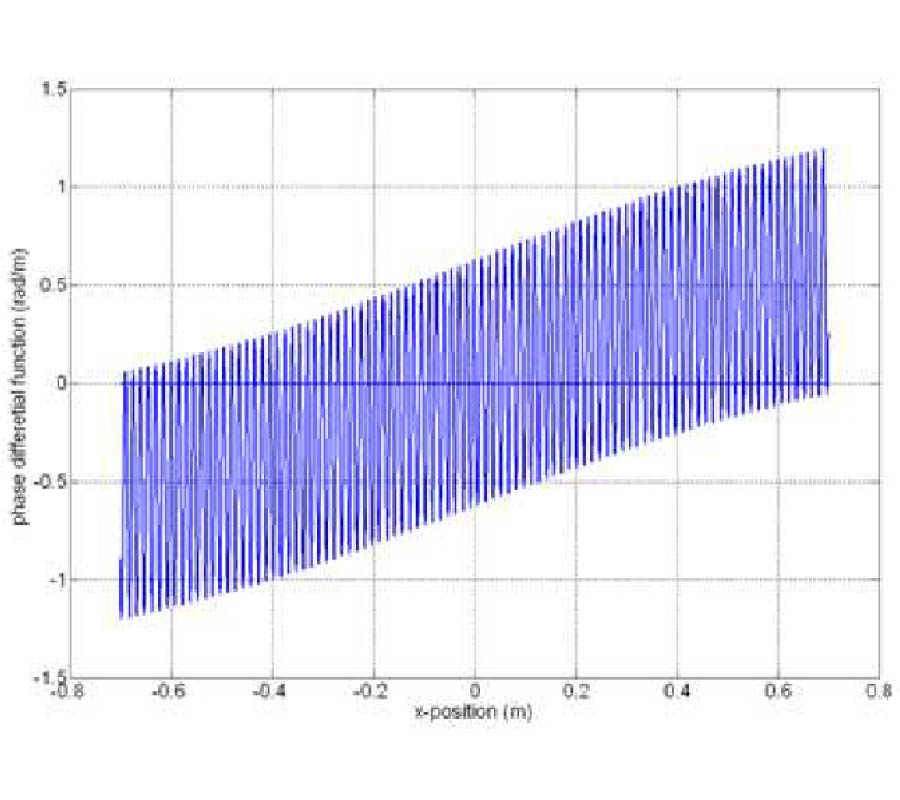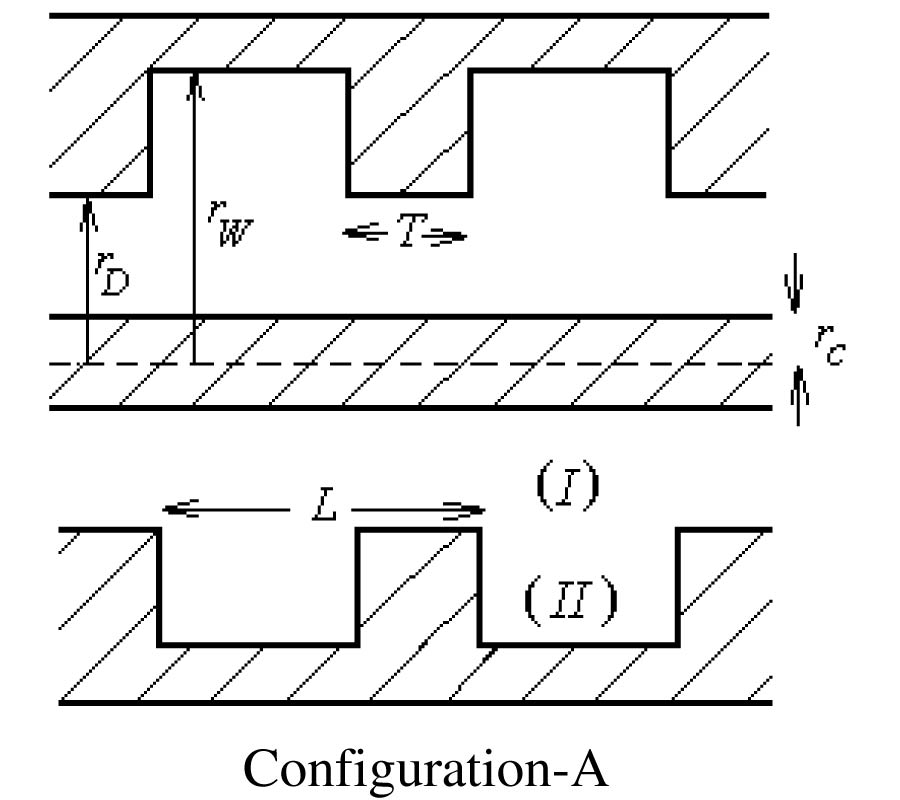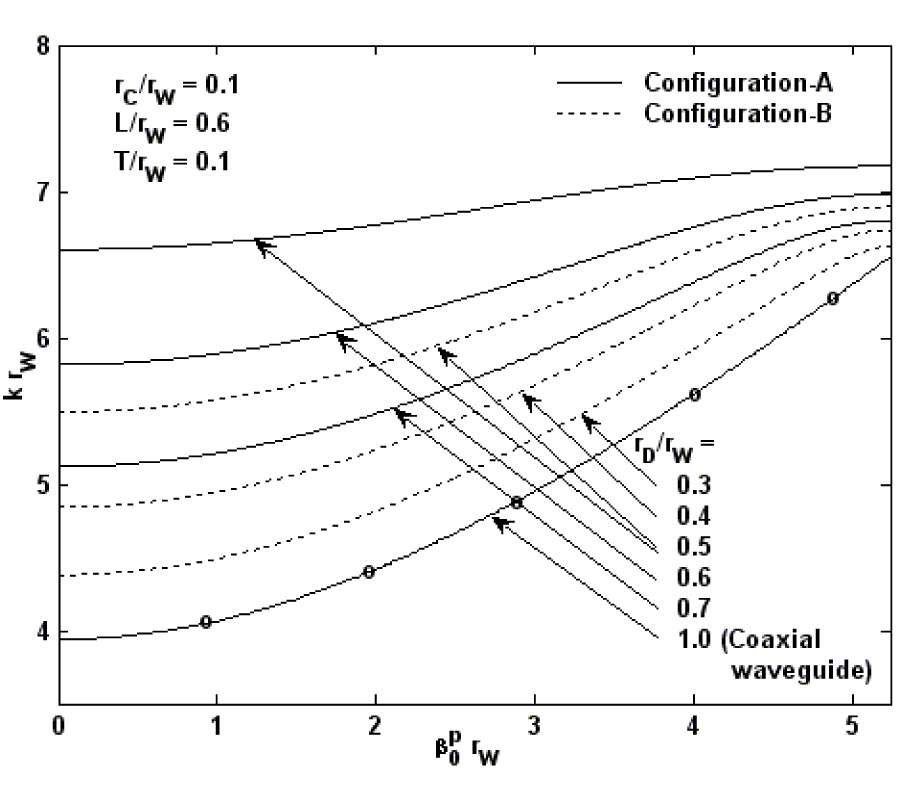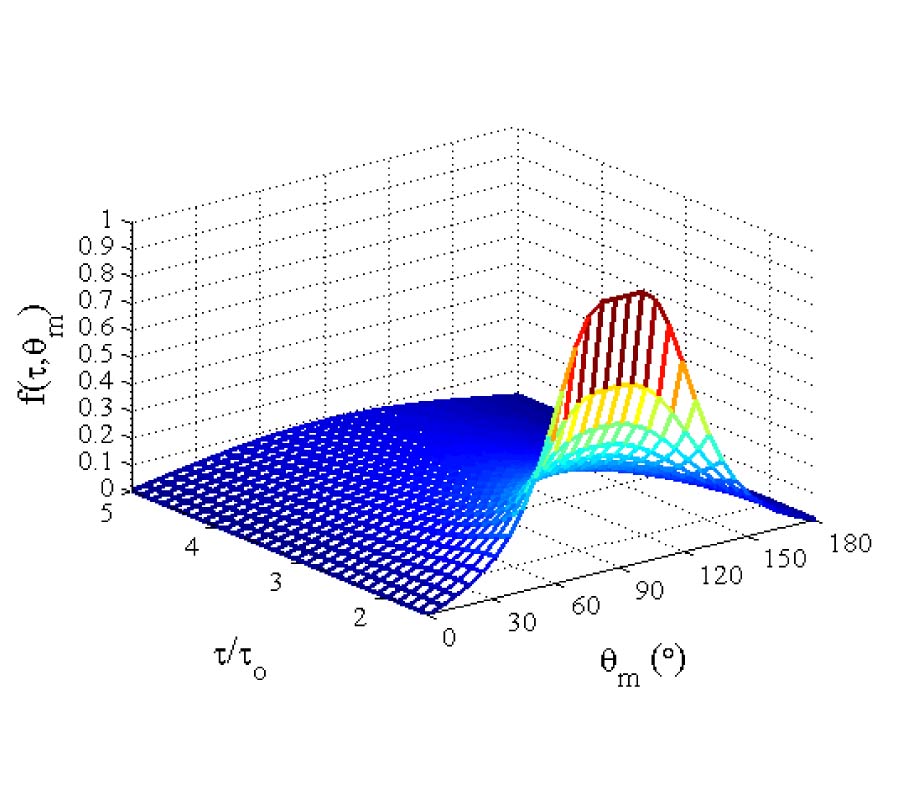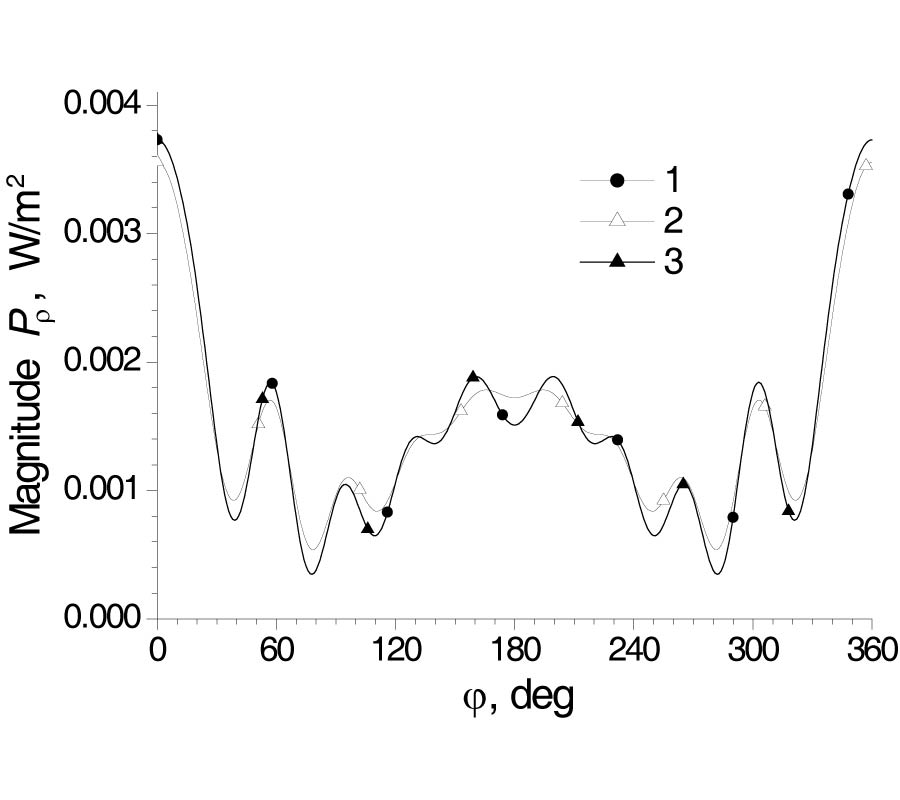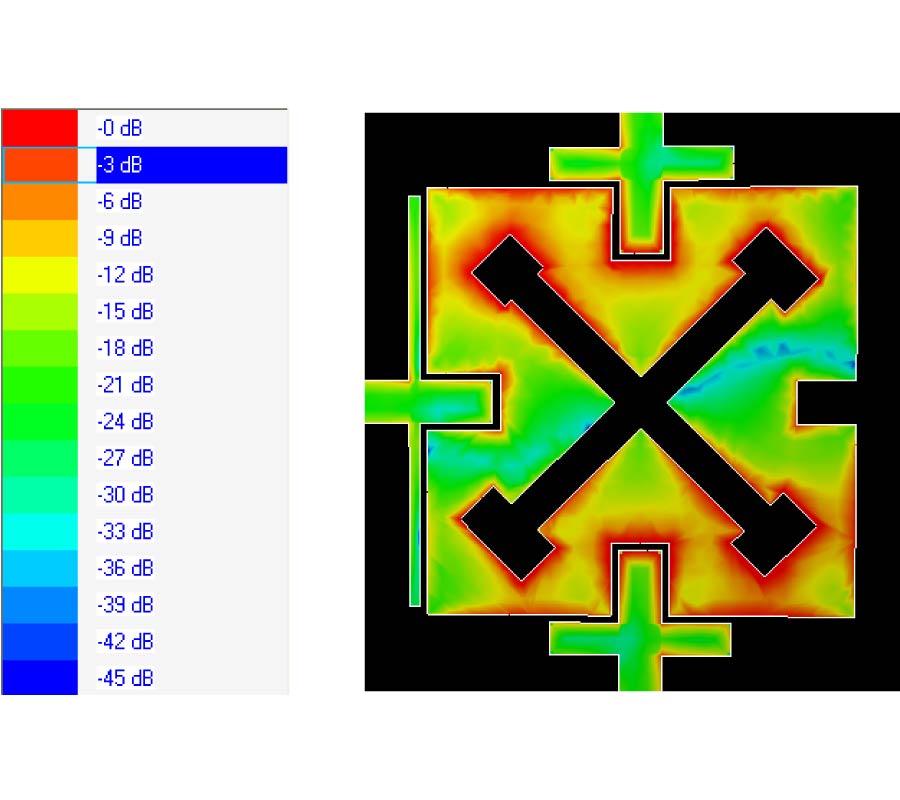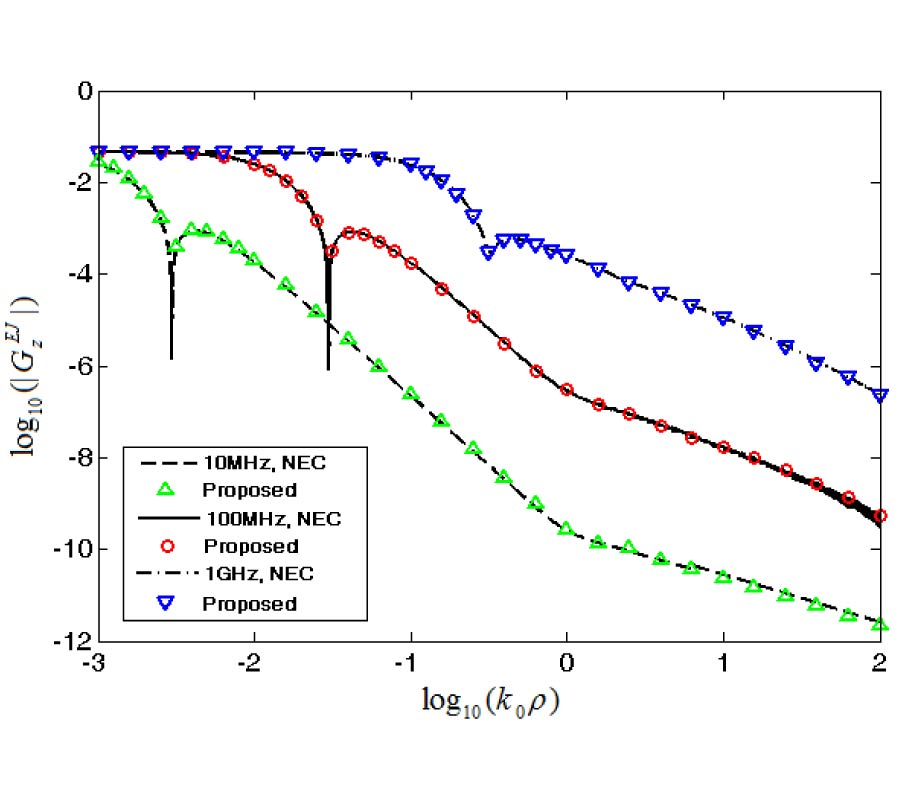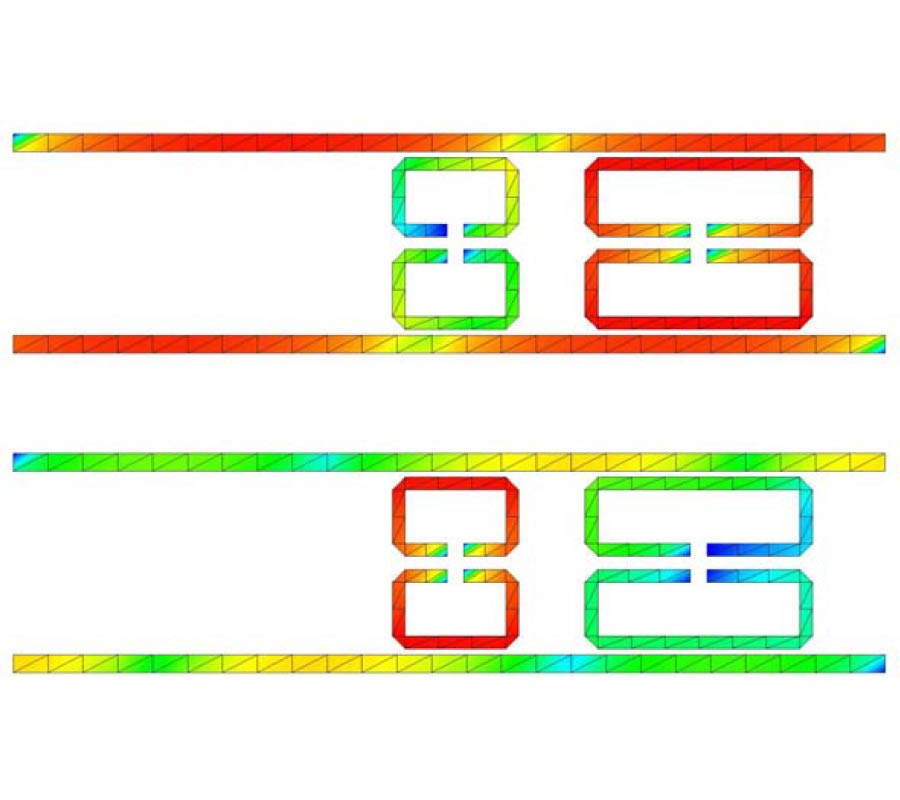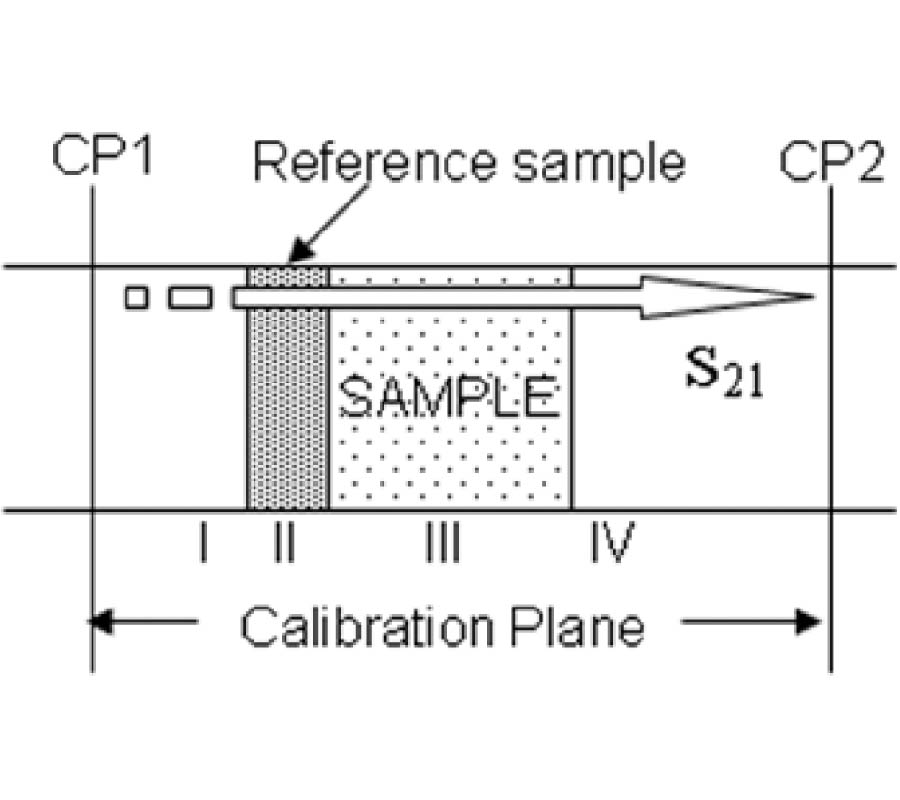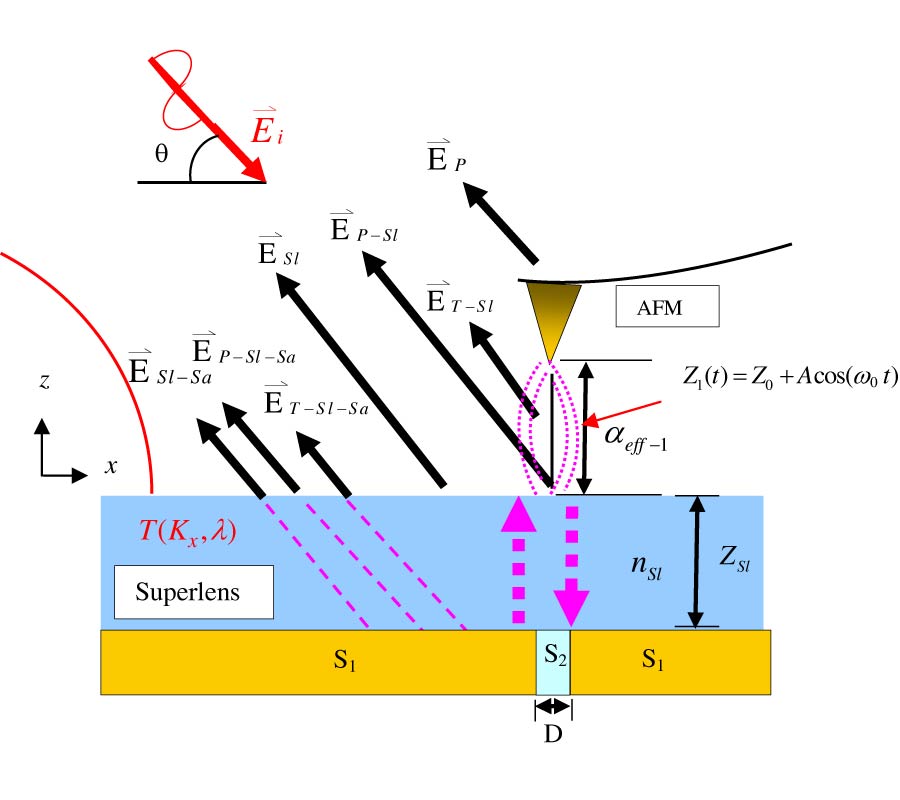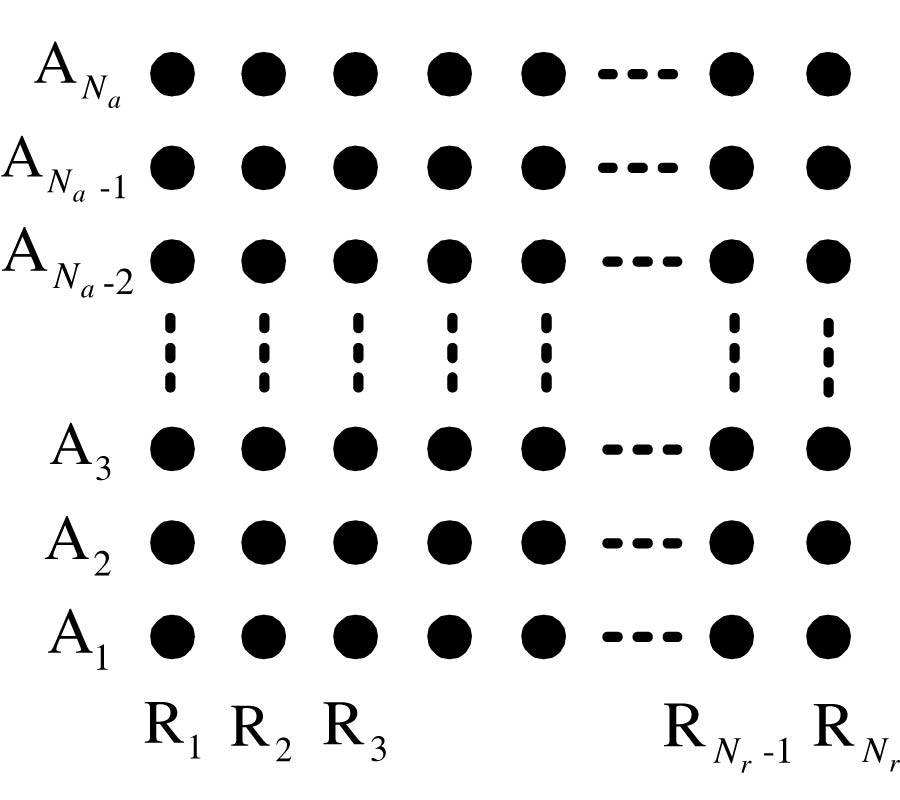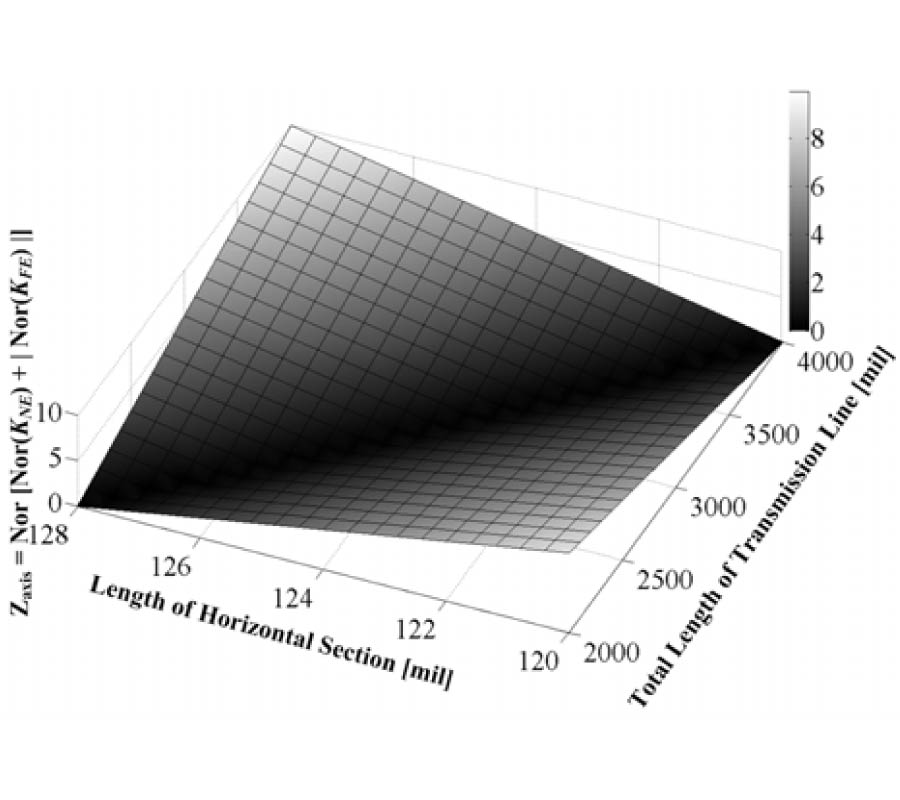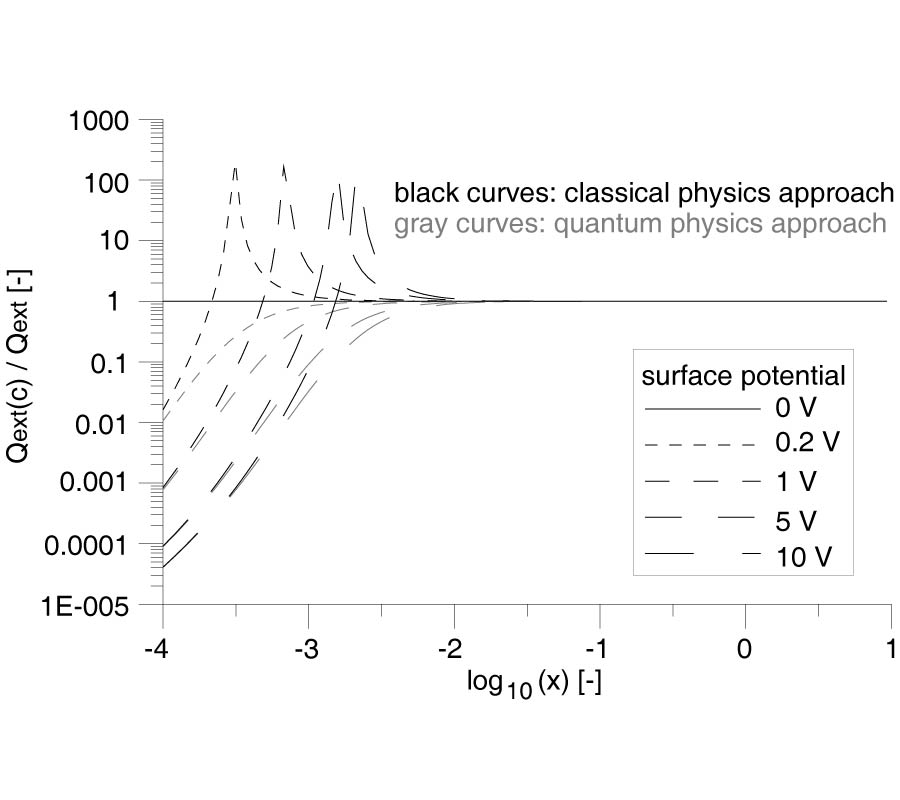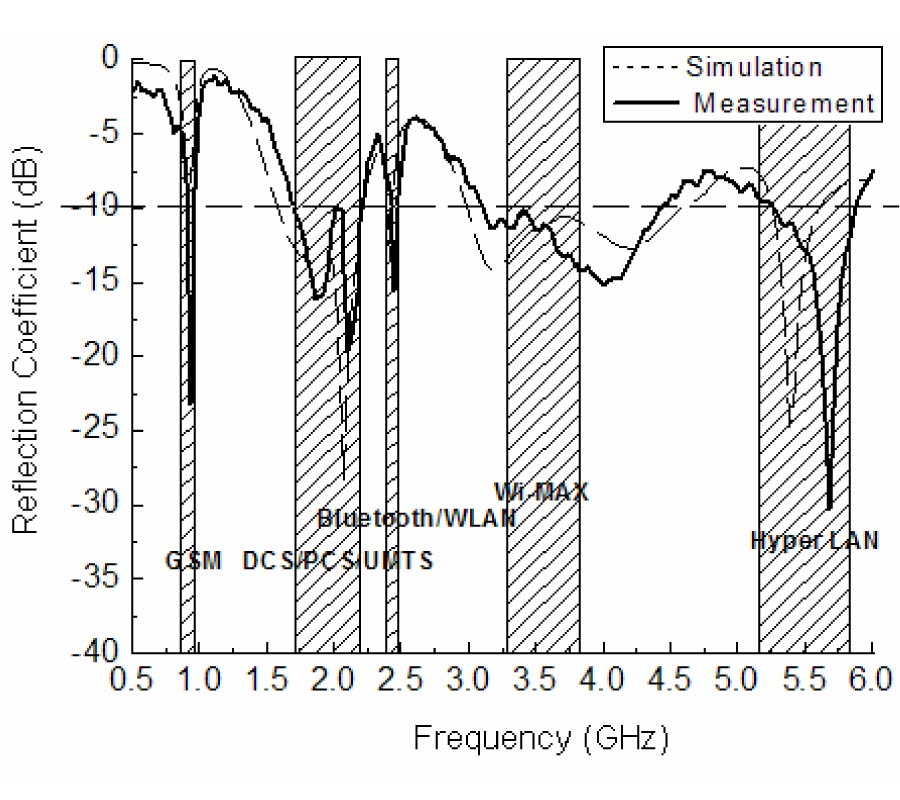Indoor Localisation with Wireless Sensor Networks
Stelios Mitilineos,
Dimitris M. Kyriazanos,
Olga E. Segou,
John N. Goufas and
Stelios Thomopoulos
Wireless Sensor Networks (WSNs) have attracted a great deal of research interest during the last few years. Potential applications make them ideal for the development of the envisioned world of ubiquitous and pervasive computing. Localization is a key aspect of such networks, since the knowledge of a sensor's location is critical in order to process information originating from this sensor, or to actuate responses to the environment, or to infer regarding an emerging situation etc. Indoor localization in the literature is based on various techniques, ranging from simple Received-Signal-Strength (RSS) to the more demanding Time-of-Arrival (ToA) or Direction-of-Arrival (DoA) of the incoming signals. In the context of several EU research projects, various WSN platforms for indoor localization have been developed, evaluated and tested within real-world emergency medical services applications. These platforms were selected in order to deal with all principal localization techniques, namely RSSI, ToA and DoA. Deployment and real-world considerations are discussed, measurements results are presented and overall system evaluation conclusions are drawn regarding indoor localization capabilities of WSNs.
